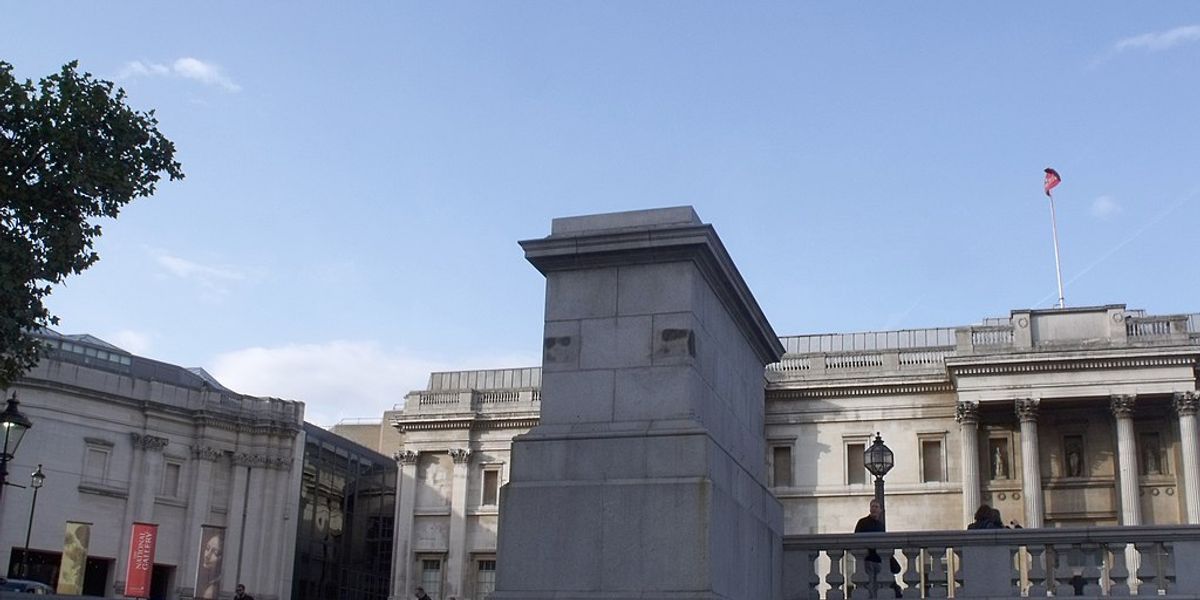Art institutions and the Oil Industry: two important features to consider
The art market in Stavanger, as elsewhere, is largely dominated by institutions, and these institutions play a powerful role in the commercial market. Publicly funded cultural institutions make up much of the power-structure of the art world and indirectly influence the commercial market. In most developed art markets, the institutions have a solid counterpart in the private collector and professional gallery sectors. The business aspect of the art market – the possibility for a gallerist to find and accumulate new talent and to create business for them both, and for the collector to hunt for additions to their collection – contributes to a richer art milieu with their diverse backgrounds and intentions of entering the art world. The flatness of the art market in Stavanger today can most likely be attributed to the homogenous environment of the art world here as well as the social democratic political landscape of Norway.
By no means is this homogeneity illustrative of the artists themselves, who represent a vast array of backgrounds, nationalities and education. But the people who work at the local art institutions form a fairly homogenous group. The art world today is extremely international and the main global capitals of art are in constant dialogue, becoming more and more based on using the same technologies (IT programs, information sharing and so on). An institution that finds itself not willing to participate in international standards, will quickly fall behind and consequentially be left out of potential collaborations with other institutions. Oil money (through government support) does create a buffer here, allowing for some expensive projects that other institutions, perhaps more qualified, but with less funding could not take part in. A consequence of not paying enough attention to such standards, is that the local art market experiences a fairly low ceiling: The potential for showcasing local talent to international institutions and consequently gallerists and collectors, would be limited. A local artist by him or herself will likely find it extremely difficult to be “discovered” by an established gallerist in a major cultural city. Due to this, local artists may find themselves more confined to regional or national markets. For the local art buyer, this is both good and bad news: On one side, it is possible to buy great art from highly talented artists based in this area at “low” prices. The quality of much of the art here could possibly fetch much higher prices if the artist was based in a more developed city. On the other hand, with great artists faced with a low market ceiling, the buyer should not enter the local art market with the intentions of making a good investment in terms of a secondary market (as it hardly exists – there are very few established channels to provide for such a market). This does perhaps to a certain extent explain why some of the “realist” oil industry workers are reluctant to enter the art market, as it is hard to tell if an art purchase in Stavanger is a sound investment.
Another element of the relationship between the oil industry and art institutions is sponsorship. This is perhaps a more prominent feature in art world capitals such as London and New York, but it is worth mentioning here as it affects the dynamics between oil and art in an international context. According to Platform London, Oil companies such as BP and Shell have sponsored almost all of London’s cultural institutions over the last decade. The companies do this because they need to care for their social profile. This, however, is met with resistance by some artists, activists and groups such as Culture Unstained, BP or Not BP?, Art Not Oil, and (previously) Liberate Tate. Platform London states: “In 2016, after six years of sustained coalition campaigning and art activism, including Platform who successfully took Tate to the Information Tribunal for refusing to disclose its funding history with BP, Tate announced it was dropping its funding with BP.” This demonstrates a complex relationship between two industries. Institutions need the money as they can rarely rely on entry fees alone.
Yet in Stavanger the two are perhaps even harder to separate as they are both so intricately bound through state taxes and funding. Equinor exemplifies this as a partially state-owned oil company with strong local roots (having their main office in Stavanger) and with their own art programme. Amongst other initiatives they purchase local art for their collection. Being one of the largest employers of the region and paying substantial taxes, the company’s existence is part of the basis for economic prosperity in the region. In other words, without it there would likely be significantly less financial support for cultural practices and perhaps even less of a market. This makes for a complex position for the art world as to critically review its funding. Reluctance to accept its reliance on the oil industry, is a common stance amongst artists and other art world professionals. Unnuanced opinions and harsh rhetoric however, offer little insight and hardly contributes to the ongoing discussion. To simply state that one is against oil industry funding, is saying very little. To truly take such a statement for its literal meaning would be a nihilist standpoint for an art world professional in Stavanger.



